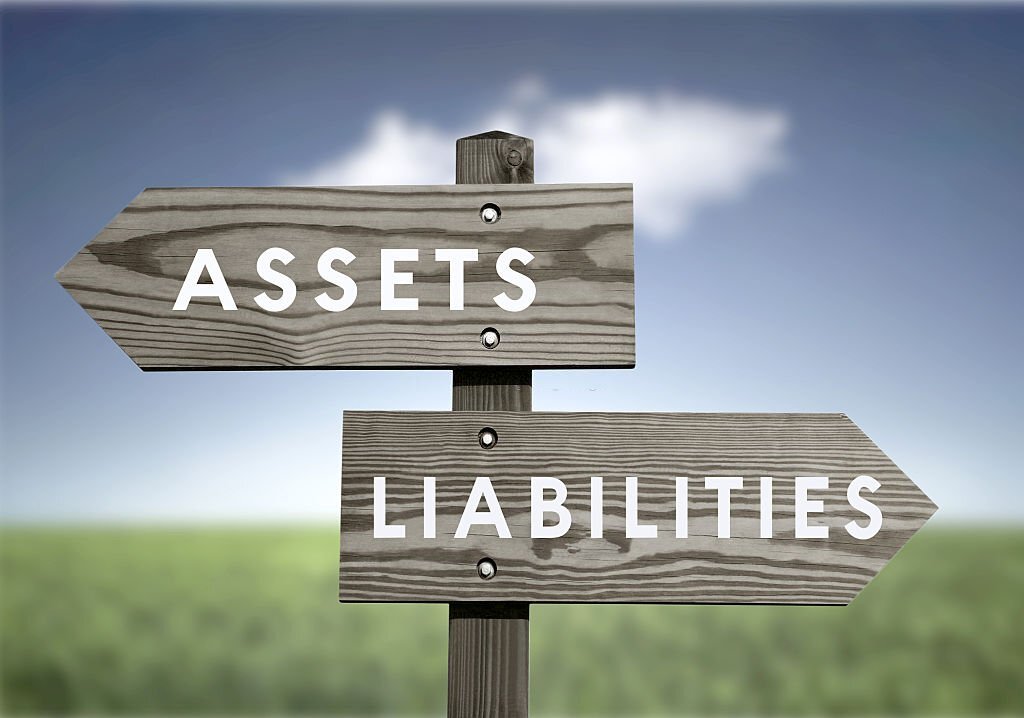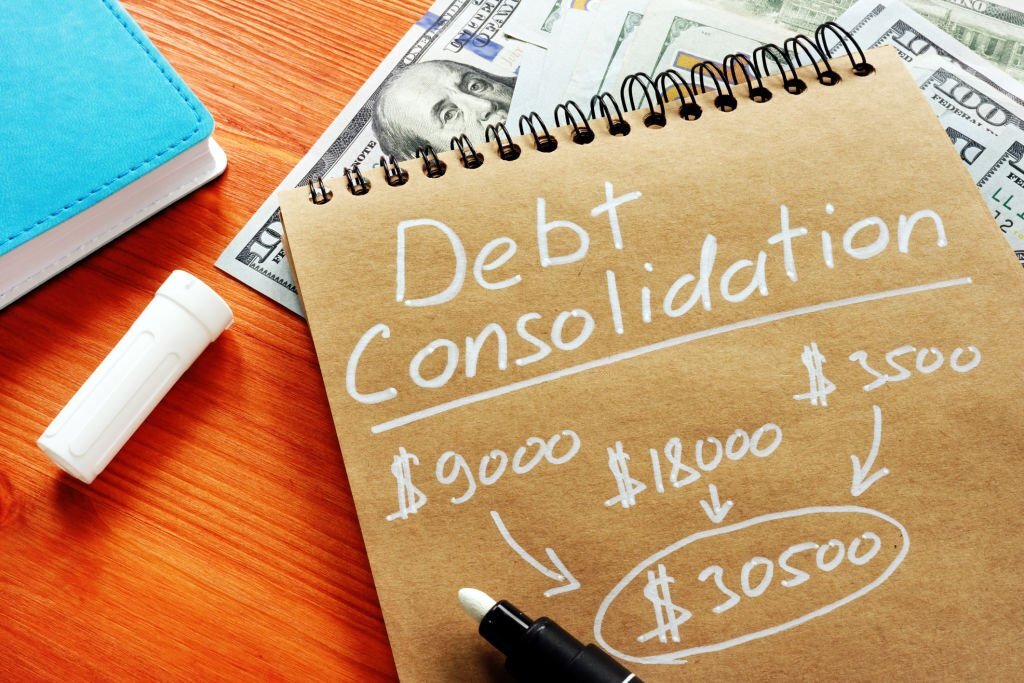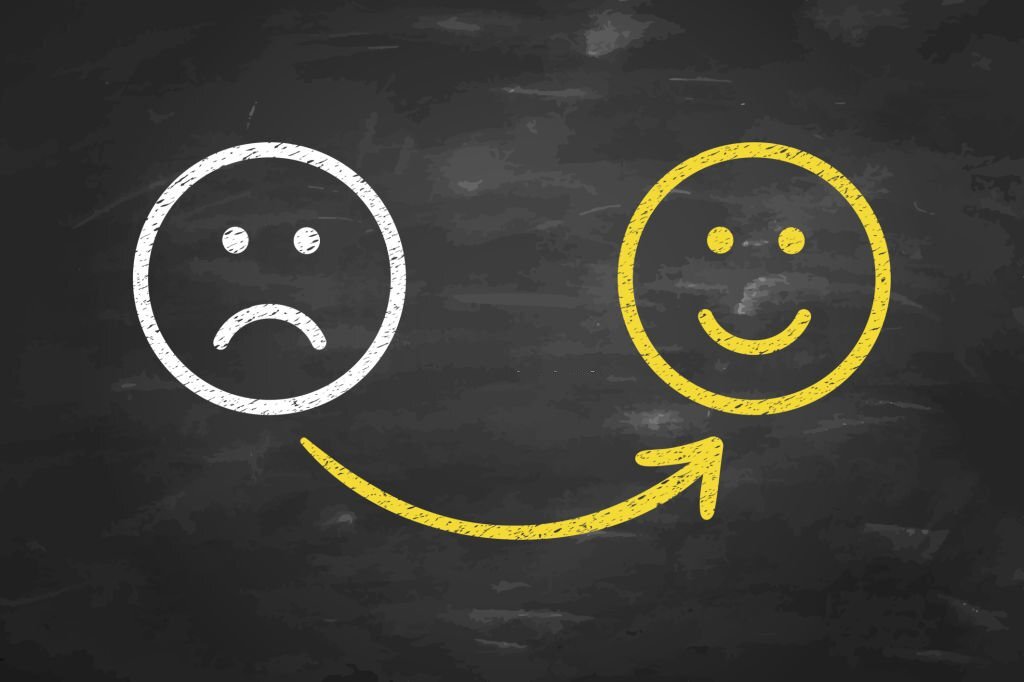The difference between good and bad debt is the ability to convert a liability into an asset or leave it as a liability. Good debt is the former, and bad debt is the latter.
However, you still have to pay off all forms of debt. This article will touch on key points about debt, how to use it, how to get rid of it, and how to not fall into the debt trap.
Defining debt: Owning vs. Owing

Owning something means you have an asset. Owing something means you have a liability. Debt is a liability. Sometimes, you can own something and still have it be a liability. For example, when you get a mortgage to buy a house, the house is both an asset and a liability because you own the house but owe the bank money for the house.
Aside from your friend loaning you money, banks are the largest originators of loans. They take money from depositors (people who save money in the bank) and give it to debtors (people who borrow money).
Due to inflation, money today is worth more than money tomorrow. $100 in 2020 could buy more things than $100 can in 2022 (I mean, have you seen gas prices?!). This is called the “time value of money.” To be compensated for the loss of value in money, creditors (people who lend out money) attach an interest on the loan. This is so they can profit from lending money and beat inflation. If a bank lends you $5,000 today at 10% interest for one year, you will owe the bank $5,500 at the end of the year. The 10% or $500 is the profit the bank makes for lending you money.
Why do people get into debt?

People get into debt for two main reasons:
- Consumption: You lack the money to buy something you want, so you borrow money to get it now instead of later. For example, you may have just moved into your new house and need furniture. You have no money now so you borrow money to fully furnish your house. Ditto with your car.
- Investing: Lucrative investment opportunities you’d like to secure could present themselves. Taking a loan lets you quickly secure the opportunity — for example, taking a loan to buy a farm where you can grow crops and rear animals, or a loan to buy land to build offices, apartments, or a parking lot.
Getting into debt for consumption is usually considered “bad debt” while taking on debt for investment is considered “good debt.” Either way, you have to pay back both debts.
Good and bad debt depends on your financial situation and is subjective.
Bad debt

Borrowing money to purchase depreciating assets that can worsen your financial condition is considered a bad debt. You have bad debts if you’re not taking loans to improve your net worth or income.
Examples of bad debt include:
- Hire purchase: Paying for that couch on a loan with the furniture shop will see you pay almost double the price of the couch over the loan term.
- Credit cards: Some credit cards charge high-interest rates on the amounts borrowed. Using your card constantly to buy unnecessary items is bad debt.
- Personal loans: Getting a loan to maintain a superficial lifestyle to impress people harms your financial well-being.
To avoid bad debts, you need to:
- Have a budget and stick to it. Going out of budget frequently might risk the need to borrow money. For example, spending more on your wants than your needs will see you borrowing money to pay for necessities like food and rent.
- Foster financial discipline. Living within your means leads to financial success. Saying “No” to anything that won’t grow your wealth can help you avoid bad debts.
Good debt

This is debt that you use to grow your wealth. A few examples of good debts are:
- Education: Borrowing money to do a course that will positively affect your earning potential is an investment. You are investing in your education that will be monetized.
- Mortgages: “Land always appreciates.” Getting a mortgage to build or buy a house to rent or sell is an investment.
- Entrepreneurship: Borrowing money to start a business that will improve your financial position is good debt. If your business income is greater than the monthly loan installments, it shows how solvent you are.
To get/maintain good debt:
- Have a good credit score. Financial institutions look at your financial situation and determine how much interest they charge you. If you have a good credit score, your chances of getting better loan deals are higher than someone who has a bad credit score. Pay your debt repayments on time to maintain a good credit score.
- Do thorough research on the investment you want to venture in. Good debt produces cashflows or profits. If the income or profit you get from the debt is significantly more than the interest or principal, then you used the debt well.
- Don’t gamble it.
Paying back debt

Debt has to be paid back, whether good or bad. You can pay back debt using the Snowball method or the Avalanche method.
Snowball Method
If you have many debts, start with the smallest debt, add an extra amount, and finish it. After that, imagine you are still paying that debt and add it to the next one and finish it quickly. Do so until all your debts are cleared.
For example, imagine you have 3 debts:
- Debt 1 installment – $300
- Debt 2 installment – $400
- Debt 3 installment – $500
If you had an extra $100 in your disposable income, you would add it to Debt 1, meaning you pay $400 for it. When this finishes, imagine you are still paying it and add it to the Debt 2 installments. This means you pay $800 for debt two, which would help you finish the loan faster. For Debt 3, you pay $500 + $800 = $1300, more than double the debt installment.
Paying off debt using the Snowball method compounds momentum from each debt into the next, helping you finish paying your debt faster.
Avalanche Method
High-interest rates eat into your income. Clearing them early frees up your cash flow for other uses.
With the Avalanche method, you pay off the debt with the highest interest rate first. You then move to the debt with the second highest interest rate, and so on until all your debts are done.
Higher interest is associated with risk. Here are two reasons why a lender might charge you high interest:
- Low credit score: Having a low credit score makes you a risky investment for a lender. Giving you a loan means they have to charge you a high-interest rate so they can recoup the majority of the principal back. To get a better credit score, make sure you pay your loan repayments on time and don’t borrow more than you can afford to pay back.
- No collateral: Secured loans (loans with collateral) are less risky because if you default, the lender can take the collateral, to recoup their losses. For example, an unsecured, personal loan will have a higher interest than a mortgage.
Debt Consolidation

People may struggle to pay off multiple loans all at once. Consolidating your debt means borrowing a lump sum to clear off all your existing loans, leaving you with just one loan.
For example, if you had 5 loans amounting to $100,000, you can take a $100,000 loan, clear the 5 loans, and just focus on this one loan.
The advantage of consolidating a single payment is you may have a reduced interest rate or installment. The disadvantage is you may end up paying more in the end as this “new loan” may have a longer payment period.
Turn debt into assets

Debt isn’t all that bad. If used well, it can magnify your wealth. If misused, it can magnify your losses.
Whether you have good or bad debt, paying it back in a timely manner increases your credit score, while paying it off early improves your disposable income.
Talking to a certified financial advisor to help you navigate your debt journey is always a great start.
